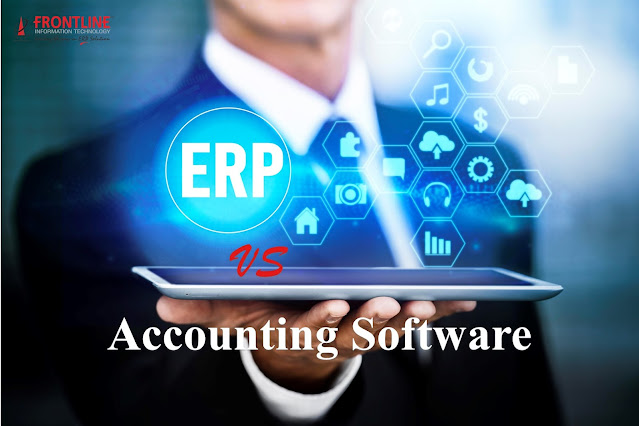Reasons for ERP Project cost overrun
Those
who follow the ERP industry are probably well aware of recent implementation
nightmares with project costs that spiraled out of control. While the examples
covered by the media are uncommon and extreme cases of cost overruns,
inaccurately projecting total project costs during the planning phases is more
common than you might like to think. In order to achieve a high ROI on
projects, cost and scope need to be controlled, and the best way to do this is
to have a clear understanding of your total costs well before beginning the
project implementation. Below are some common hidden or costs of ERP projects.
These items should all be considered and carefully quantified while developing
your project budget. Otherwise, you may be in for some surprises once your
implementation is underway.
Hidden Costs of ERP Projects
1.
Internal company resources to make
decisions on ERP requirements, help with system design, and perform testing.
Aside from a full-time core team, most ERP projects require the involvement of
3-5 part-time subject matter experts for each full-time core team member.
2.
Internal or external resources to manage
data conversion, interface development, and report generation. Getting the
system implemented is a huge milestone, but not if you haven’t converted data or
built the right interfaces and reports.
3.
Employees to support communications,
training material development, and training deployment activities. Many assume
that the implementation consultants will handle this, but company employees
also need to provide much of their time in helping develop materials and deploy
training.
4.
Time that senior management is involved in
decision-making and conflict resolution. In a perfect world, employees across
all office locations and geographies would be able to make decisions that
everyone agrees with and that is best for the business overall. Unfortunately,
in reality, senior management is often required to make decisions on behalf of
the business, prioritize business needs, and provide strategic direction to
ensure the project is aligned with overall business goals. There are costs
associated with this time, and it should be quantified accordingly.
5.
Design of business processes, particularly
if the project involves a large, multi-national company with fragmented
operations. ERP presents an opportunity to standardize and globalize operations
across multiple locations, so arriving at a common operating model takes time
and resources. It should not be assumed that the software itself will provide
all the answers; business users need to decide how they are going to best
leverage ERP to run their operations in the future.
6.
“Backfilling” project team members with
contract or other employees to manage day-to-day activities for the project
team members who are no longer able to commit to their usual day-to-day jobs.
It shouldn’t be assumed that the business will continue to run as normal
without replacing people that are devoting their time to the project.
7.
Travel and expenses for team members,
particularly if dealing with a global project. Project budgets should assume at
least 15% of total consulting costs for travel and then double this amount to
account for internal project team travel.
Obviously,
these are not all the costs associated with an ERP project, but they are the ones
that are most likely to be overlooked during the budgeting and planning
process. These costs should be included in your ERP business case and budget to
avoid unneeded surprises down the road.




Comments
Post a Comment